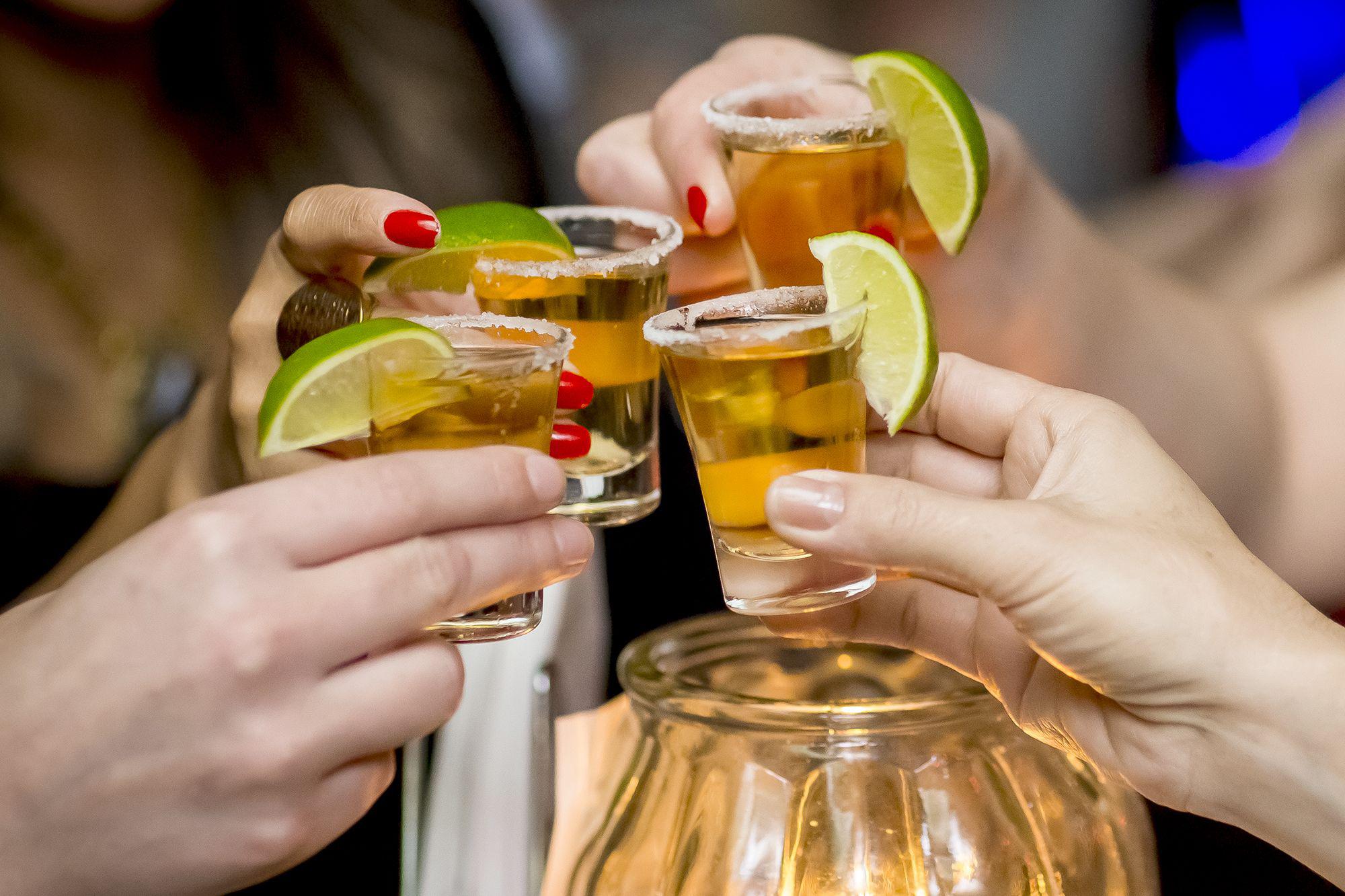How Is Tequila Made?
- Written by News Co

Tequila is one of the most popular spirits out there, but even though countless people around the world enjoy tequila, whether it be straight or in delicious cocktails, there is little else often know about it besides its country of origin. Being made from a succulent called blue agave means that the process for making tequila is quite different compared to grain-based spirits, so to give you a better understanding of what is involved in the process, in this article we take a look at how tequila is made.
The first steps of tequila production
Whether it be Mexican or Australian made tequila, the process for making this wonderful beverage follows very similar lines. Generally, there are seven steps in the tequila making process: harvesting, cooking, fermenting, distilling, aging and bottling. Harvesting agave is by no means a quick and simple exercise – these plants require careful tending to over the course of six to ten years, after which specialist tools are required to remove the spiny agave leaves and leave the heart of the agave, which is the only part of the plant used in the tequila making process. Approximately 7 kilograms of agave heart is used to create 1 litre of tequila. After harvesting, the agave heart is cooked to help convert its complex carbohydrates into the simple sugars that are required for fermentation. After cooking, these sugars are extracted by the agave being crushed to separate the fibres of the plant from its valuable juice, with the agave being flushed with water to extract as much sugar material as possible. Next comes the fermentation of the agave, which involves the sugar material being transferred to vats and yeast applied. Traditionally yeast that grows on the agave leaves is used although modern distilleries typically use cultivated yeast for extra quality control. After 7 to 12 days, the agave juice is fully fermented.
Distillation and bottling
After fermentation, the fermented liquor is far from being ready - heat and steam pressure separates the ferments in large tanks to increase the strength of the spirit, with the first round of distillation creating a liquid with around 20% alcohol, and the second distillation creating a liquid with around 55% alcohol. Although this colourless product can be diluted and readily sold as silver or “blanco” tequila, many tequilas are aged instead. This aging process creates the golden hue that people associate with tequila, and requires the spirit to be aged in French or American white oak bourbon barrels. The aging process can take between one and up three years (and sometimes even more) and generally, the longer a tequila is aged, the more colour and tannins the end product will demonstrate. Then comes bottling – all 100% agave tequilas are required to be bottled in specific Mexican regions, otherwise they cannot carry the Mexican tequila label.
Try the different variations of tequila for yourself
Although distillers follow the same lines to create their spirit, the taste of individual tequilas will be influenced by a wide variety of factors, such as how the agave is grown, distillery-unique processes and techniques, forms of aging and quality control standards. This will ensure that different tequilas you find on the shelf will provide very unique and interesting flavours, despite being made from the same ingredient, so to really appreciate tequila make sure to go out and try as many examples as you can! Try with food !



















